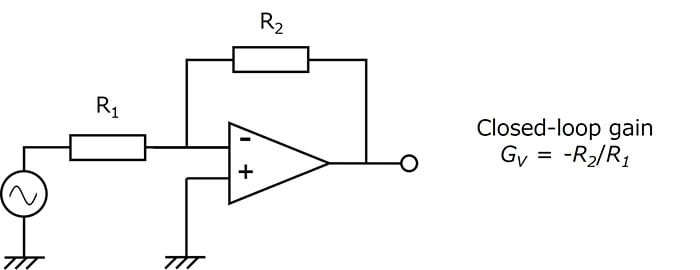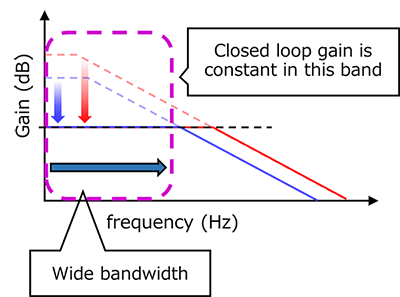- General Top
- SEMICONDUCTOR
- STORAGE
- COMPANY
-
My ToshibaSemicon
- Semiconductor Top
-
ApplicationsAutomotive
Body Electronics
xEV
In-Vehicle Infotainment
Advanced Driver-Assistance Systems (ADAS)
Chassis
IndustrialInfrastructure
BEMS/HEMS
Factory Automation
Commercial Equipment
Consumer/PersonalIoT Equipment
Healthcare
Wearable Device
Mobile
Computer Peripherals
-
ProductsAutomotive Devices
Discrete Semiconductor
Diodes
Transistors
Logic ICs
Analog Devices
Digital Devices
Wireless Devices
※
: Products list (parametric search)
Power SemiconductorsSiC Power Devices
※
: Products list (parametric search)
Isolators/Solid State RelaysPhotocouplers
Digital Isolators
Solid State Relays
Fiber Optic Transmitting Modules
※
: Products list (parametric search)
MOSFETsIGBTs/IEGTsBipolar Transistors※
: Products list (parametric search)
Diodes※
: Products list (parametric search)
MicrocontrollersMotor Driver ICsIntelligent Power ICs※
: Products list (parametric search)
Power Management ICsLinear ICs※
: Products list (parametric search)
General Purpose Logic ICsLinear Image SensorsOther Product ICsOther Product ICs
※
: Products list (parametric search)
-
Design & Development
-
Knowledge
- Where To Buy
- Part Number & Keyword Search
- Cross Reference Search
- Parametric Search
- Stock Check & Purchase
This webpage doesn't work with Internet Explorer. Please use the latest version of Google Chrome, Microsoft Edge, Mozilla Firefox or Safari.
require 3 characters or more. Search for multiple part numbers fromhere.
The information presented in this cross reference is based on TOSHIBA's selection criteria and should be treated as a suggestion only. Please carefully review the latest versions of all relevant information on the TOSHIBA products, including without limitation data sheets and validate all operating parameters of the TOSHIBA products to ensure that the suggested TOSHIBA products are truly compatible with your design and application.Please note that this cross reference is based on TOSHIBA's estimate of compatibility with other manufacturers' products, based on other manufacturers' published data, at the time the data was collected.TOSHIBA is not responsible for any incorrect or incomplete information. Information is subject to change at any time without notice.
require 3 characters or more.
Why is feedback used in op-amps?
Typical op-amps have an open-loop gain on the order of 105 (100 dB). Without feedback, op-amps make circuit design difficult because of high gain sensitivity. Negative feedback makes it possible to set the gain and cut-off frequency to the desired values, thereby improving their stability and reducing performance variation, part-to-part variation, and sensitivity to temperature and other environmental parameters.

Fig. 1 shows an inverting amplifier. The closed-loop gain (Gv) of this negative feedback circuit can be simply expressed as:
Gv = -R2/R1
This equation indicates that the closed-loop gain is solely determined by the ratio of external resistor values and is not affected by environmental factors.
Fig. 2 shows the Bode plot of a typical op-amp. The open-loop gain, i.e., the gain without negative feedback, decreases at a rate of 6 dB/oct (= 20 dB/dec). In contrast, the closed loop gain has a constant gain from DC to 10 kHz in this figure (which depends on the frequency response of the op-amp). As indicated by this example, using feedback provides an amplifier with bandwidth.
In addition, although the open loop gain in the DC region of a plain operational amplifier (without negative feedback) has a very high gain, there are variations. By applying negative feedback, the gain is fixed at the gain (closed-loop gain) set by an external resistor, making it possible to absorb variations in open-loop gain.



Related Links
The following documents also contain related information:
FAQs
Application Notes
* Company names, product names, and service names used in this FAQ may be of their respective companies.

